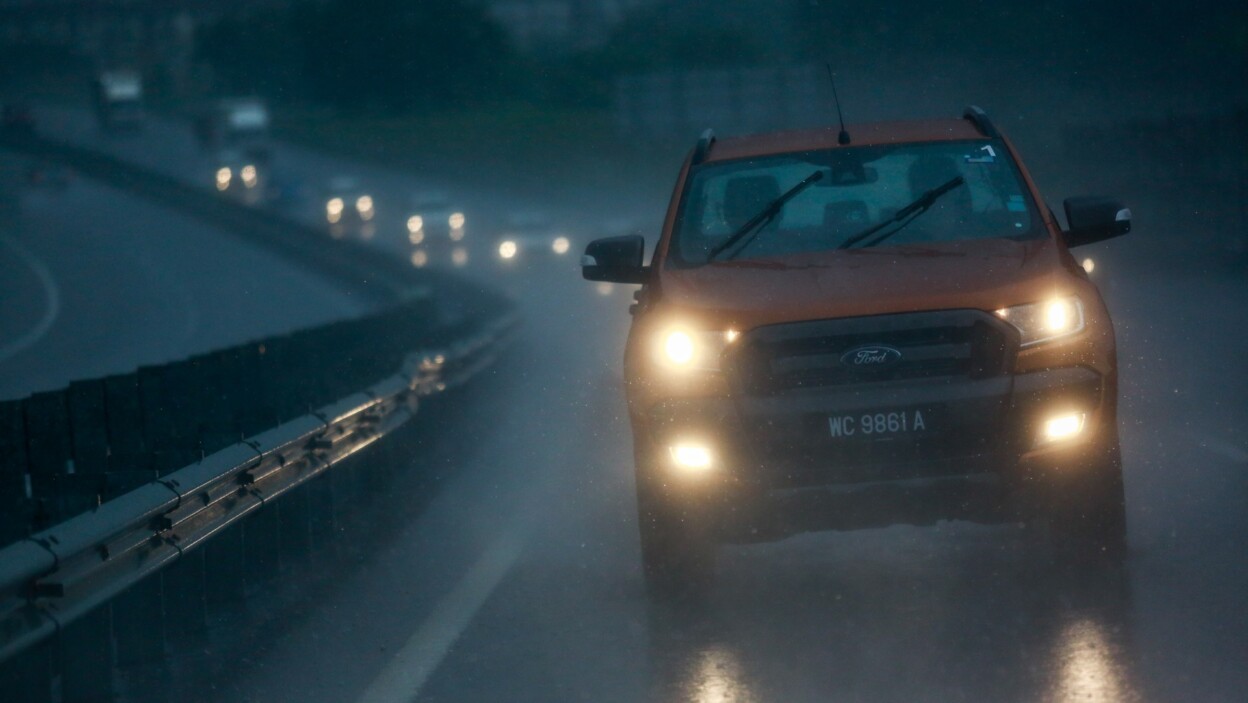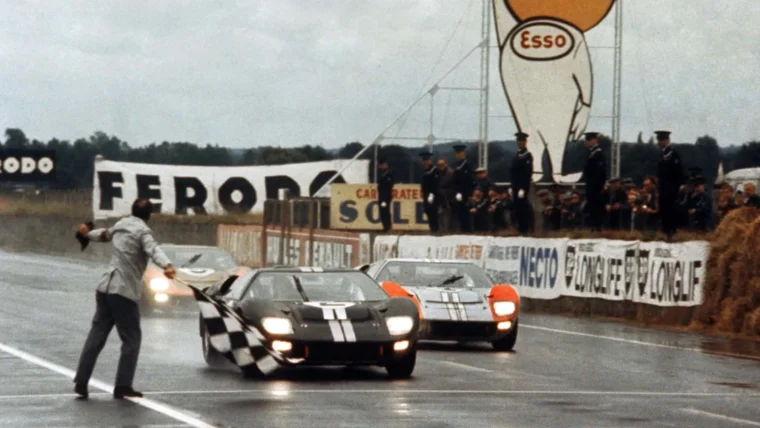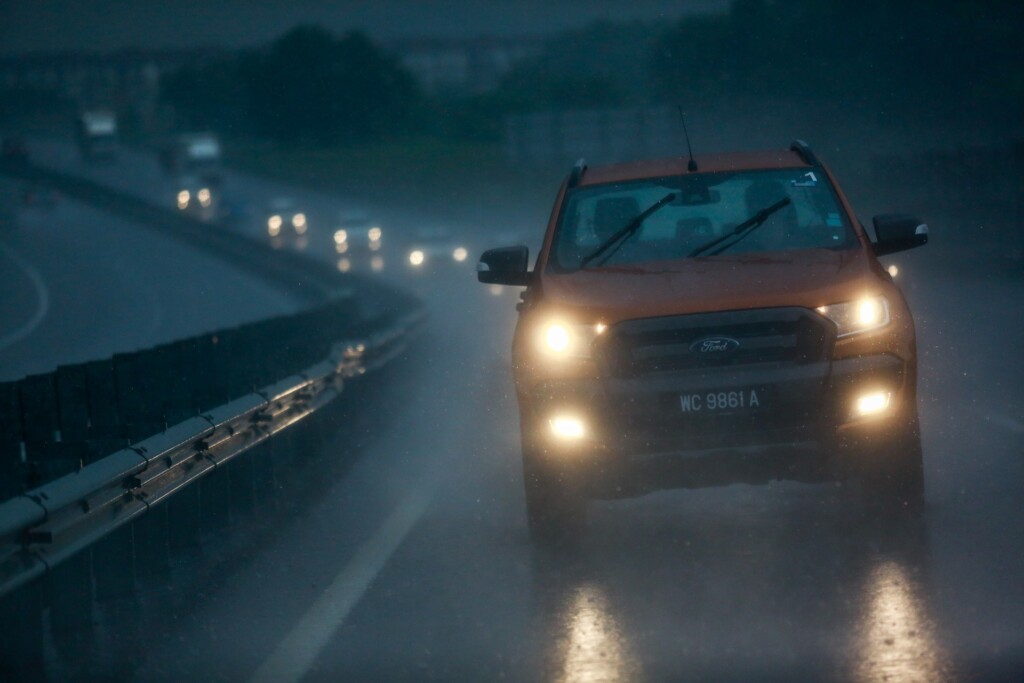
Many parts of Asia have been hit by intense and unstable weather this year, with heavy rain from a series of tropical storms taking lives and causing serious flooding in some places. Even for experienced drivers, torrential rain can quickly transform a comfortable journey into a stressful one, as the road ahead becomes more difficult to see and navigate.
The vast majority of accidents happen on rainy days. As you all are aware, Malaysia faces 2 monsoon seasons – Southwest Monsoon from late May to September and the Northeast Monsoon from October to March. On average, Peninsular Malaysia receives an average rainfall of 2500mm, while East Malaysia receives 5080mm of rain.
Research shows that from a driver’s perspective, when rain water levels rise above road markings, even reflective markings can disappear under the glare of headlamps. While many drivers have the good sense of staying indoors during snow or sleet, they don’t often give the rain the same amount of respect. Driving in bad weather not only requires common sense, it also calls upon driving techniques and knowledge seldom tested in good conditions.
If you can, always try to avoid driving in poor weather and heavy rain. But if getting behind the wheel is unavoidable, check your knowledge with these tips before you do. Below are some general guidelines for wet-weather driving.
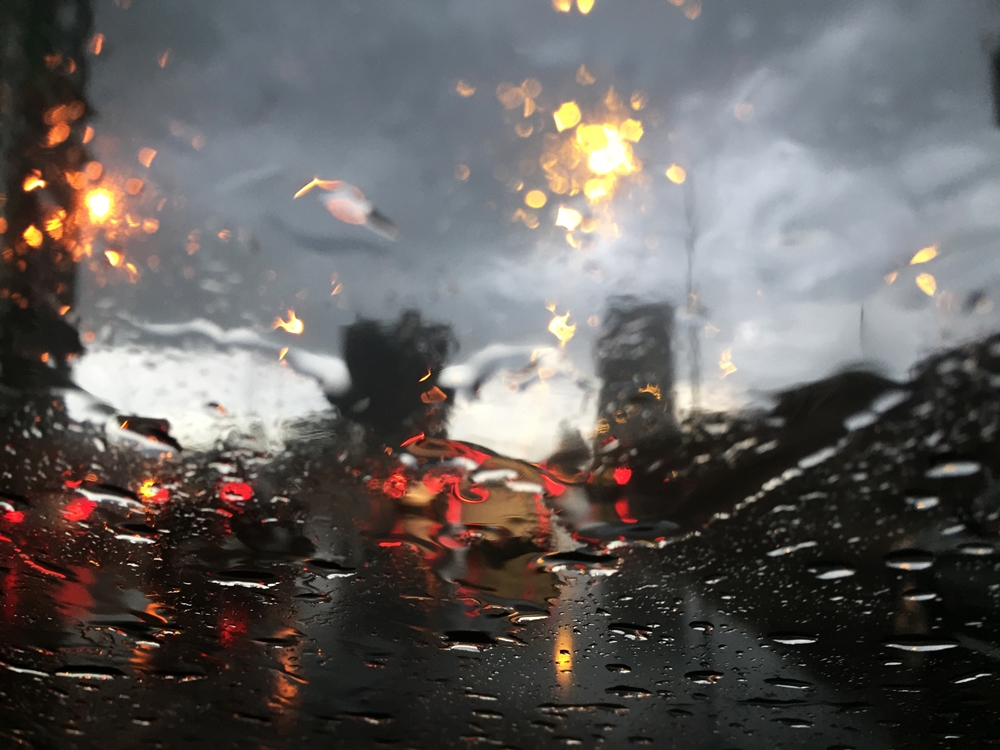
- Remember to slow down
When the roads are wet and muddy, it’s not rocket science that the tar is slippery and you need to reduce speed. Posted road speeds are suitable for ideal conditions, and should NOT be followed in poor weather conditions. “Rain is a natural reminder for you to slow down and increase your safety margin,” says Kain Hepburn, Driver & Track Safety Coordinator at Ford’s You Yangs Proving Ground in Melbourne, Australia.
- How to improve your visibility
A sudden downpour can quickly affect your visibility and make it a challenge to even follow road markings Being able to look as far ahead as possible will give yourself the best chance of anticipating and reacting to upcoming conditions.
“One way to do this is to drive in lanes without vehicles obstructing vision,” says Hepburn. “Another way is to follow a vehicle [at a safe distance] of a similar size so you can see through their vehicle and ahead of them. Avoid following large trucks that obstruct your vision.
- Beware of still water on the road
A puddle of water can hide a deep pothole, a manhole or even a sinkhole. Furthermore, if there is enough water on the road, car tyres cannot always sufficiently evacuate water between the treads to maintain contact with the road. At certain speeds, your car can aquaplane, lifting off the ground, and you will be driving on a layer of water.”If your vehicle does start to aquaplane, attempt to smoothly and lightly slow down until you have regained control,” says Hepburn. “Avoid abrupt and excessive steering, heavy breaking or taking corners too quickly.”
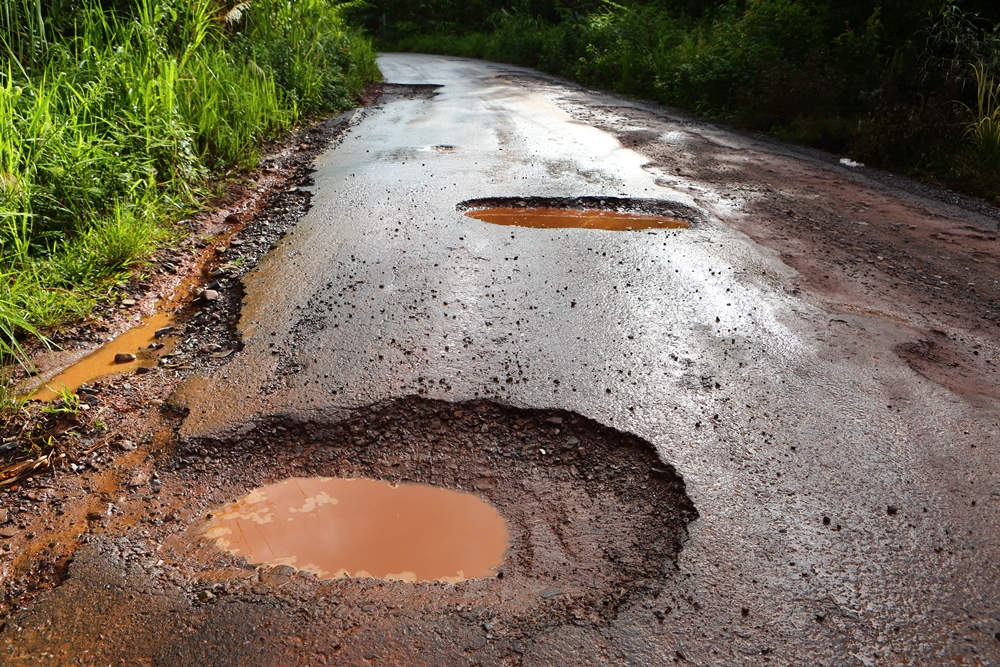
- Do not drive through flooded areas
Never underestimate the dangers of flood waters. Don’t attempt to drive through a flood that you couldn’t walk through and be aware that water hides dips in the road. Worse still, there may be no road at all under the water. Flooding can wash away the entire road surface and a significant amount of ground beneath. And if water gets sucked into the air-intake valve and then the engine, the car will probably shut off and you will be stuck.
- Be extra cautious on dirt & mountain roads
Be vigilant for road obstructions (such as rocks) displaced by rainy conditions. Dirt roads present a higher risk of washouts and changing circumstances in the environment, potentially in the form of landslides. Hepburn says:”Don’t drive on the edges of dirt roads or gravel roads in extremely wet conditions, as they are often soft and may have drains and washouts. Take extra care when ascending and descending hills as traction, steering and braking ability could be compromised due to the slippery surface.”
- Prepare for unforeseen obstacles
Road hazards not only include natural elements like rocks and branches, but can also include pedestrians, farm animals, and vehicle accidents.”To avoid such objects you must drive slow enough so you, as the driver, can detect, react, and come to a complete stop before contacting a hazard,” say Hepburn. “A good rule of thumb is distance of visibility should not be less than four times that of your stopping distance.”
Even if you stick to these guidelines, there may be situations where tough conditions and poor visibility give you little time to react. Modern cars now come with technology that can assist you in out-of-the-ordinary driving conditions.
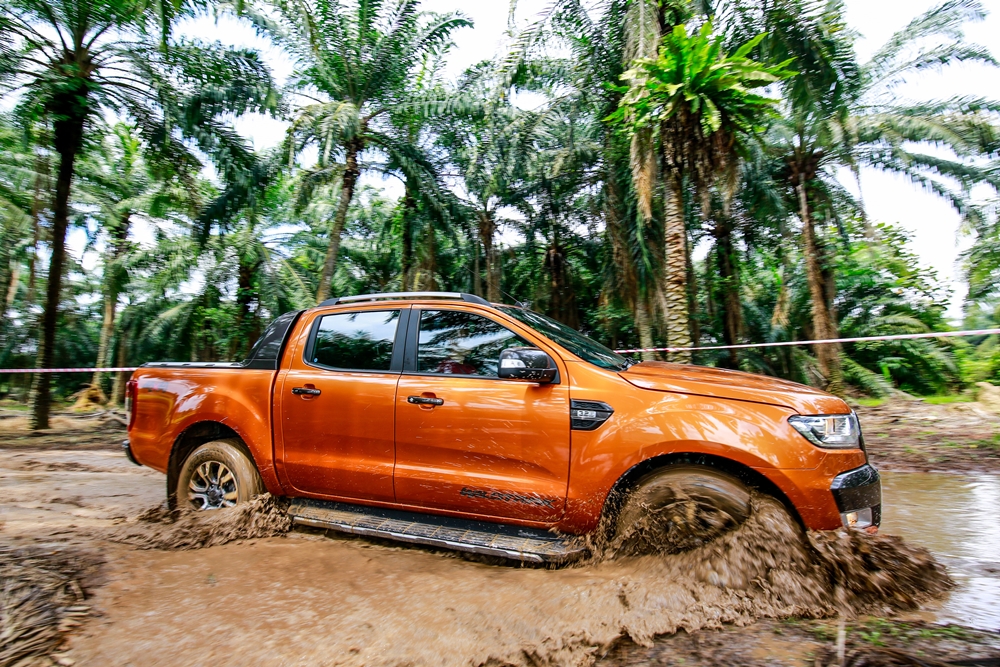
Ford vehicles like Fiesta, Ranger, Mondeo, S-MAX, Ecosport, Kuga, Everest and Mustang are equipped with Electronic Stability Control (ESC), a system of sensors that measure the vehicle’s horizontal movements at least 100 times per second. “In case of an emergency maneuver, the system can apply the brakes and adjust engine power to help you maintain control,” says Hepburn, “even before driversknow they need assistance.”
No matter how experienced a driver you are, driving in wet weather is a time to be cautious and patient. By arming yourself with adequate knowledge and techniques, you can better manage wet conditions as a more responsible and secure driver.
Other posts by AF Newsdesk

